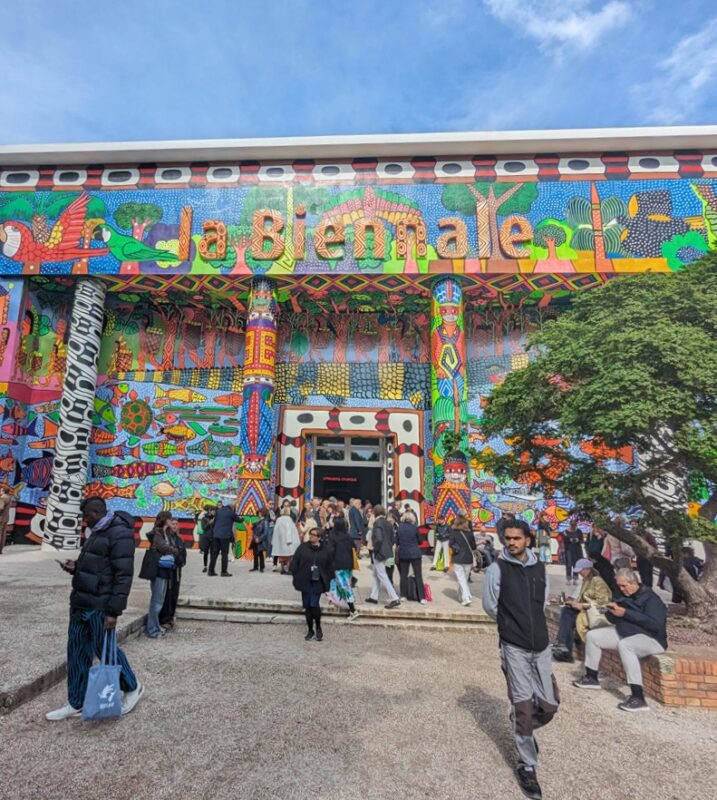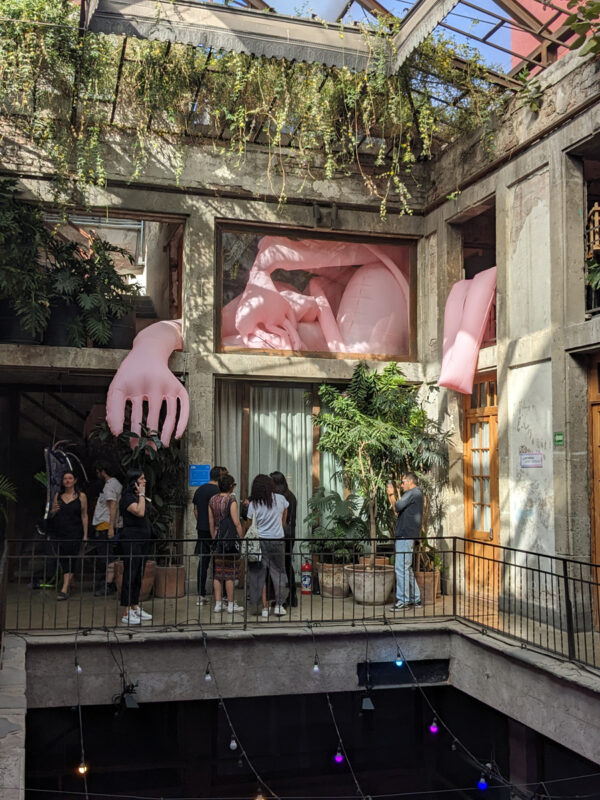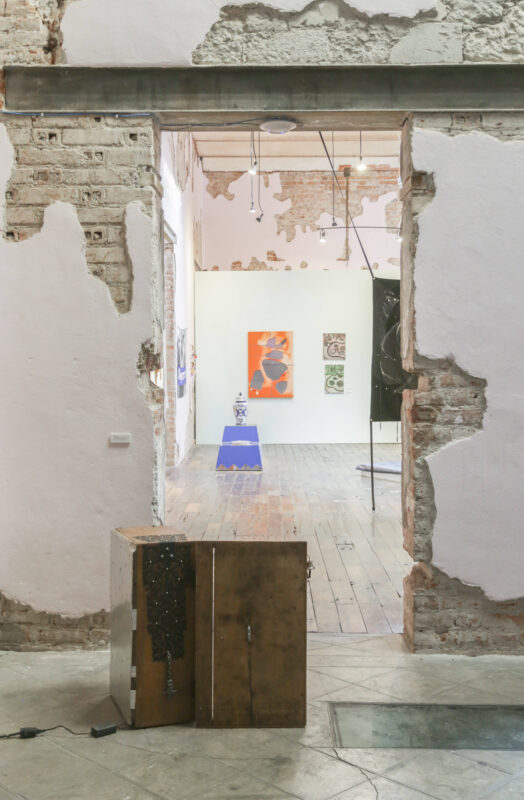Fair Flair: A conversation with Jamie Smith, co-director of the brand new (e)merge Art Fair in Washington, D.C.
by Cara Ober
If you want to get a sense of the direction and scope of the contemporary art world, but you don’t have a lot of time, the best way to do this is to visit an art fair. Art Basel Miami in December is a favorite of many Baltimore-Washington artists and galleries, as is the original Art Basel Switzerland, held every summer. A myriad of other cities host their own, smaller fairs, but not Baltimore or Washington—until now.
The (e)merge art fair is a brand new event, being held at the Capitol Skyline Hotel in Washington, D.C., from September 22 to September 25. Like other art fairs, (e)merge features more than eighty exhibitors from across the globe, but it is unique for providing opportunities for emerging and unrepresented artists to exhibit alongside commercial galleries.
Jamie Smith is the co-director of the (e)merge fair, as well as Conner Contemporary Gallery in Washington, D.C. She spoke with me about the event, her role in putting it together, and what this fair might mean for D.C.’s burgeoning art scene.
Urbanite: How did it come about that you, Leigh Conner, and Helen Allen organized this brand new art fair?
Jamie Smith: Leigh and I founded the Conner Contemporary Art gallery in D.C. twelve years ago. Since 2001, we’ve presented an annual exhibition of works by D.C.-Baltimore area art school grads called Academy. We met Helen in 2005, when we exhibited in the Pulse art fairs, which she founded, first in Miami, and later New York, where she lives. We discovered that all three of us wanted to encourage direct artist participation in art fairs. Helen initiated the Pulse Presents prize, which awards free exhibition space to Academy artists selected by jurors each year. This was a good start, but we wanted to do more. Last year, for the 10th Academy show, Conner Contemporary Art launched a series of panel discussions, called (e)merge, focused on the needs of emerging artists. The panels immediately generated a high degree of involvement and energy in D.C.’s art community. Leigh and I talked to Helen about these dynamics … and the idea came together for the (e)merge art fair.
Urbanite: Washington, D.C., hosted a one-time art fair, ArtDC, several years back that was not particularly successful. What makes (e)merge different from this fair? What about D.C. makes it an ideal place for an art fair?
Smith: ArtDC was owned by a corporation in Miami that transplanted the big-box fair model to D.C., but didn’t connect with the art community here. (e)merge grew organically out of the D.C. art community, from the support of artists, collectors, educators, gallerists, nonprofits, museums, and art writers that coalesced around the Academy shows and the (e)merge panels. This cooperative spirit, at all levels of organization, from start-ups to museums, provides a supportive environment for emerging artists. D.C.’s creative energy also manifests itself in the vitality of its business community. Its strong job and real estate markets attract educated young urban professionals with the income and appetite to enjoy cultural experiences. A whole new generation of would-be art supporters is right here.
Urbanite: What is the concept behind (e)merge? What makes it different from other art fairs?
Smith: (e)merge is the only art fair to provide free exhibition space to vetted projects by unrepresented artists. Other fairs either do not allow artists to exhibit on their own behalf without a gallery representing them, or charge artists considerable fees for exhibition spaces. Unlike pop-up artist exhibitions, our artist projects were reviewed and selected by a team of experts, including artist Nico Vascellari, collector Mera Rubell, and curators Kristen Hileman and Matthew Higgs.





